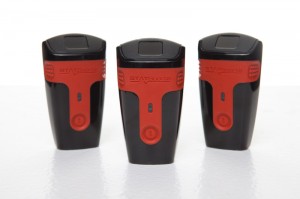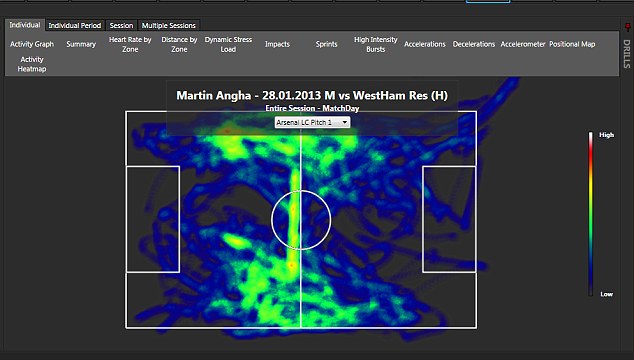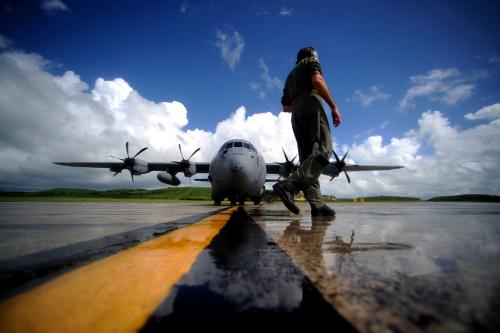
Hi-Tech GPS gadget in Football: Tracking player performance and fitness!
Football is probably the most popular sport in the world and is some countries it is even considered as a “religion”. It’s only naturally that Football clubs around the world and especially in the cash rich English Premier League want the latest gadgets that are available in the market to ensure they have a competitive advantage over their rivals. One of the biggest concern for any club is the fitness of the players. Are they running as much as they can, what is their heartbeat rate, etc., are things that any coach would love to have on his/her desk to evaluate player performance and fitness.
GPS/GNSS and Sports Performance Monitoring
GPS/GNSS has been used in a lot of industries ranging from precision agriculture to measuring hurricane wind speeds. With the advent of multi-sensor systems in sports, it is time for Global Positioning on the football field! One such Multi-sensor system that is being widely used by some of the biggest and well-known clubs in England happens to be STATSports Technologies Viper system, a multi-sensor Sports Performance monitoring tool.
The Viper unit or Viper Pod as it is called, is essentially a GPS system that collects a multitude of statistics regarding player speed, distance covered, acceleration, deceleration and dynamic stress loads. The Pod contains a long list of other components as well. The list includes a 3 dimensional accelerometer , a 3 dimensional gyroscope, a 3 dimensional digital compass, a long range radio and a heart rate receiver. As you aware of, the accelerometer helps gather statistics regarding speed and direction of acceleration, the gyroscope regarding orientation and balance while the radio is the main communication channel.
It’s a remarkable machine considering that it’s weight is equal to that of 2 AA batteries and the parameters are calculated over 100 times per second. Mind boggling numbers.. Let me do the math, that is 6000 entries in a minute and 5.4 million entries in a 90 minute game! The system can be utilized in a million ways and provides valuable insights which can be used by a manager to pull out a player if he’s not playing properly. Besides the obvious implementation in setting workload and goals.
What’s amazing in this system is the size of this viper unit and its ability to utilize GPS in such accurate manner. The smallest GPS card that I have seen is half the size of a visiting card. That’s really really small for a high precision GPS card. By the look of it, the Viper Unit looks about that size, besides containing the other sensors and communication channel. It’s like a low weight smartphone with GPS enabled in it. I wonder if we can get the GPS accuracy plotted and see if it compares to the commercial high precision GPS cards!
More applications
There is another Sport where I heard that GPS units were being used as a pilot projects – Horse racing. I heard that the GPS units were strapped to the race horses during training to analyze whether or not a particular horse is a marathon runner or a sprinter besides evaluating which horse should race on that day.
GPS is slowing expanding its footprint in new and novel applications. The smaller the units get, the more applications and ideas that evolve! The GPS gadget in football is an example of that evolution! (Read more: The role of Wearable Tech and Internet of Things in Geomedicine).
Source: DailyMail
Did you like this post on Hi-Tech GPS? Read more and subscribe to our monthly newsletter!








